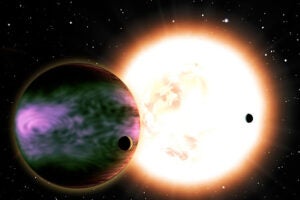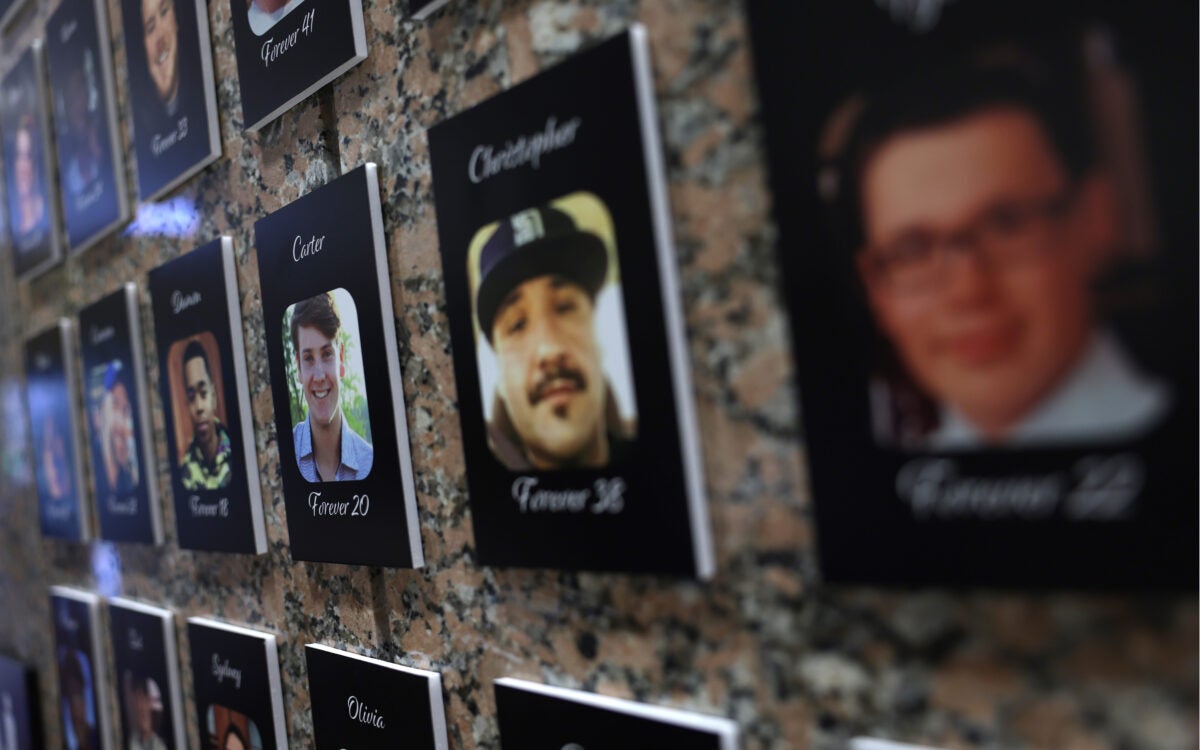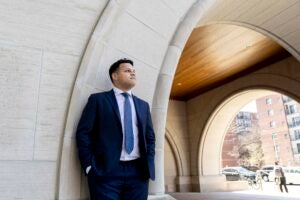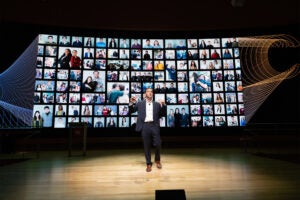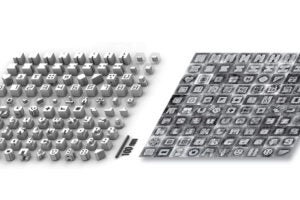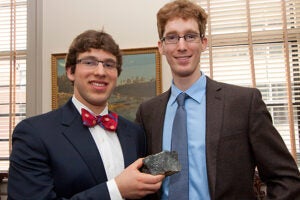Tag: SEAS
-
Science & Tech
For a day, geek is chic
Hundreds of students — hackers and newcomers alike — showed off their programming chops at Monday’s CS50 Fair, a raucous exhibit of mobile apps, websites, and other projects created for Harvard’s wildly popular computer science class.
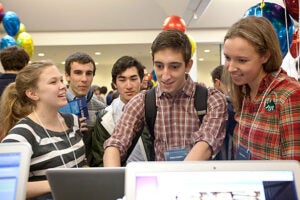
-
Campus & Community
Feeding culinary curiosity: kids’ science and cooking
Boston and Cambridge students between the ages of 9 and 12 take part in “Kids’ Science and Cooking,” a new program hosted by Harvard’s School of Engineering and Applied Sciences (SEAS) in cooperation with ChopChop, a nonprofit cooking magazine for kids.
-
Science & Tech
Capturing the stars
Alex Parker, a postdoctoral fellow at the Harvard-Smithsonian Center for Astrophysics, sees astronomical data as art as well as science.
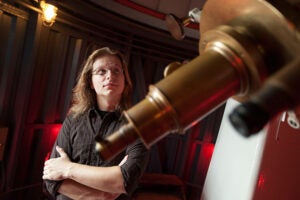
-
Campus & Community
No summer lull in learning
It was a busy summer of Harvard-supported learning on campus and in the neighboring communities.
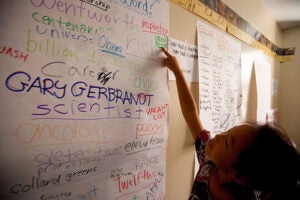
-
Science & Tech
Soft robots go for color, camouflage
Researchers have developed a system — inspired by nature — that allows soft robots to either camouflage themselves against a background, or to make bold color displays. Such a “dynamic coloration” system could one day have a host of uses, ranging from helping doctors plan complex surgeries to acting as a visual marker to help…
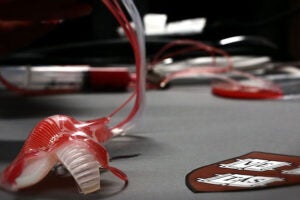
-
Science & Tech
Soft Robots, in color
Having already broken new ground in robotics with the development, last year, of a class of “soft”, silicone-based robots based on creatures like squid and octopi, Harvard scientists are now working to create systems that would allow the robots to camouflage themselves, or stand out in their environment.
-
Campus & Community
Feeding culinary curiosity
A summer program aims to teach local schoolchildren that the kitchen and the laboratory — both intimidating places to newcomers — are a great place to explore their natural curiosity, and to learn lifelong healthy habits, too.
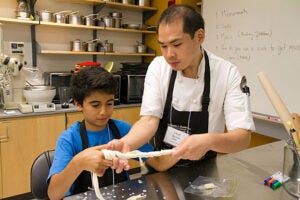
-
Science & Tech
Carbon counter
Atmospheric scientists at the Harvard School of Engineering and Applied Sciences (SEAS) and Nanjing University have produced the first “bottom-up” estimates of China’s carbon dioxide (CO2) emissions, for 2005 to 2009, and the first statistically rigorous estimates of the uncertainties surrounding China’s CO2 emissions.
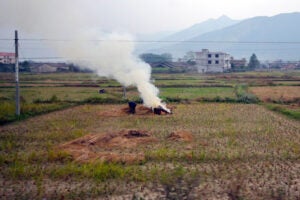
-
Campus & Community
Sampling Harvard, and science
Harvard hosted a Step UP/Project TEACH event for students and parents from the Hennigan Elementary School in Jamaica Plain and the E. Greenwood Leadership Academy in Hyde Park. The effort is part of a program to show young students what college is like, particularly in the sciences.
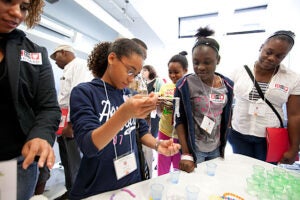
-
Science & Tech
Now, ice won’t stick
A Harvard team of researchers has invented a way to keep any metal surface free of ice and frost. The treated surfaces quickly shed even tiny, incipient condensation droplets or frost, simply through gravity.
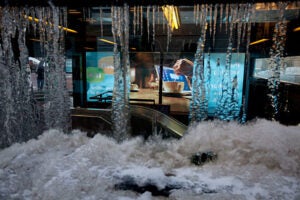
-
Science & Tech
A new master’s program
Harvard will offer a master’s degree in computational science and engineering.
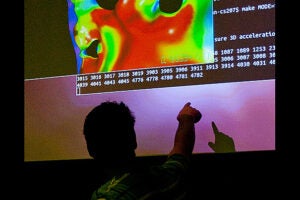
-
Science & Tech
Crime probe
A Harvard engineering class helps find a metric for a computer scheme that tracks gang violence.
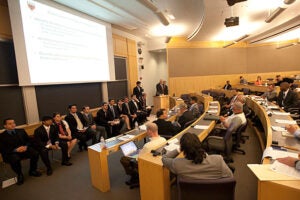
-
Science & Tech
Self-assembly as a guide
Vinothan Manoharan, an assistant professor of chemical engineering and physics at the School of Engineering and Applied Sciences, wants to make self-assembly — when particles interact with one another and spontaneously arrange themselves into organized structures — happen in the laboratory to treat life-threatening diseases or manufacture useful objects.
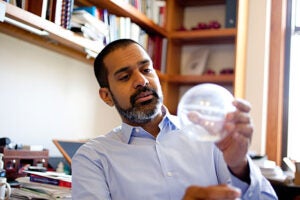
-
Campus & Community
Nature by Design – Innovation at Harvard
What can termites teach us about building complex computer systems?
-
Campus & Community
Getting with the Program – Innovation at Harvard
Students from all disciplines flock to Computer Science 1, or “CS50,” one of the most popular offerings at Harvard.
-
Campus & Community
Innovation Motivation – Innovation at Harvard
In lecture halls, laboratories, and spaces across Harvard, dedicated teachers including Kevin Kit Parker, Gordon McKay Professor of Bioengineering and Applied Physics in the School of Engineering and Applied Sciences, are creating fertile environments for innovation, championing bold ideas and encouraging students to think in new ways.
-
Science & Tech
‘Pop!’ goes the robot
A production method inspired by children’s pop-up books enables rapid fabrication of tiny, complex devices. Devised by engineers at Harvard, the ingenious layering and folding process will enable the creation of a broad range of electromechanical devices.
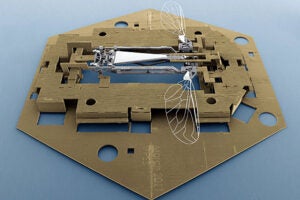
-
Science & Tech
Slow road to stability for emulsions
By studying the behavior of tiny particles at an interface between oil and water, researchers at Harvard have discovered that stabilized emulsions may take longer to reach equilibrium than previously thought.
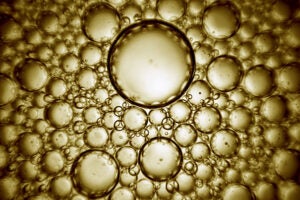
-
Science & Tech
Creative pursuits
Projects on display at the CS 50 Fair ranged from a tool that limits procrastination, to a website that displays longitudinal market capitalization data, to an application that helps with music composition.
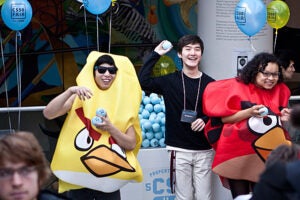
-
Science & Tech
You’re not so anonymous
Prescription data stripped of identify information seems not so anonymous after all. Researcher Latanya Sweeney aims to make such personal data more secure and to provide recourse for people who are harmed by privacy breaches.
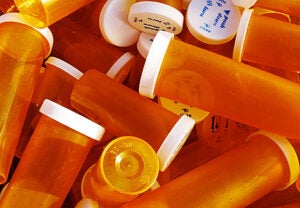
-
Science & Tech
Progress in quantum computing
Engineers and physicists at Harvard have managed to capture light in tiny diamond pillars embedded in silver, releasing a stream of single photons at a controllable rate.
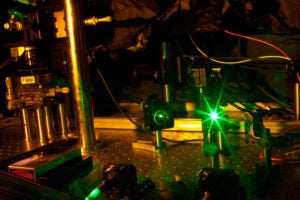
-
Science & Tech
First Programmable Computer
Michael D. Smith Dean, Faculty of Arts and Sciences John H. Finley Jr. Professor of Engineering and Applied Sciences, SEAS
-
Science & Tech
Surgical precision
In ES 227, “Medical Device Design,” SEAS students are given the opportunity to solve practical problems in a hospital setting, trying out the tools, learning about their use in real-world situations, and, in some cases, even sitting in on surgical procedures.
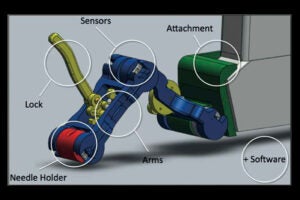
-
Campus & Community
A smarter Harvard marketplace
An online procurement system rolls out across Harvard, saving the University $5.4 million in its first year and making life a little easier for thousands of researchers and administrators.
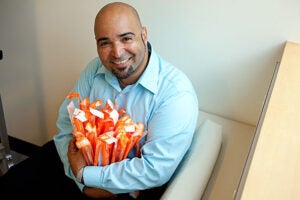
-
Science & Tech
From a flat mirror, designer light
Using a new technique, researchers at the Harvard School of Engineering and Applied Sciences have induced light rays to behave in a way that defies the centuries-old laws of reflection and refraction.
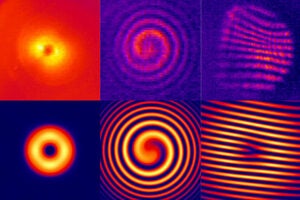
-
Science & Tech
Brain navigation
Hanspeter Pfister, an expert in high-performance computing and visualization, is part of an interdisciplinary team collaborating on the Connectome Project at the Center for Brain Science. The project aims to create a wiring diagram of all the neurons in the brain.

-
Health
What’s behind the predictably loopy gut
Between conception and birth, the human gut grows more than two meters long, looping and coiling within the tiny abdomen. Within a given species, the developing vertebrate gut always loops into the same formation — however, until now, it has not been clear why.
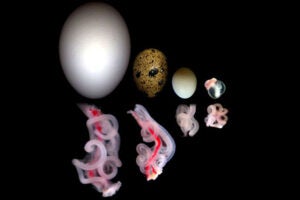
-
Science & Tech
Light fantastic
New research shows that aurorae on distant “hot Jupiters” could be 100 to 1,000 times brighter than Earth’s aurorae. “I’d love to get a reservation on a tour to see these aurorae,” said lead author Ofer Cohen, a postdoctoral fellow at the Harvard-Smithsonian Center for Astrophysics.
